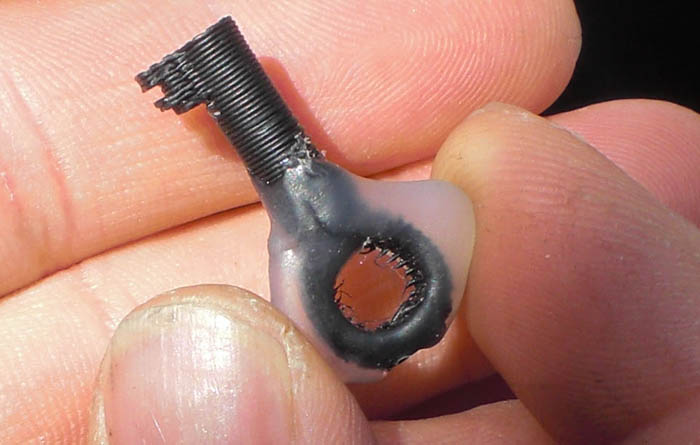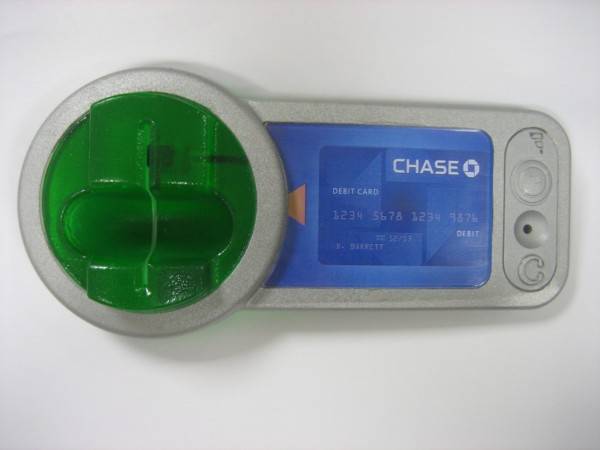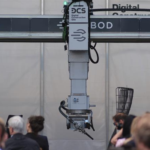Government regulation on 3D printing is becoming a larger topic as this technology is becoming much more available for the average consumer to get their hands on. With desktop printers dropping steadily below $2,000 – almost anyone can gain access to a printer. Aside from that, 3D printing services exist on an international level. With the availability of this kind of manufacturing, the wrong hands can get ahold of some dangerous parts.
To my knowledge, a very limited amount of criminal activity has occurred through 3D printing. However, that’s not to say that no criminal activity will arise.
What has been done already
To start, an artist has created a 3D design of a key. This isn’t an ordinary key; it is the key which unlocks handcuffs that are currently in use of Dutch police. The design itself was released online, free for anyone to 3D print. The scary thing – this key was created based on a photograph – nothing more.
On a larger scale, one instance involved the manufacturing of a card skimmer which was installed on an ATM. A team of technologically savvy thieves designed a skimming piece, 3D printed it, placed it on the machine, and made some serious cash! This amendment to the ATM gave criminals access to over $400,000!
Controversy on Thingiverse
Another big debate comes from a design placed on Thingiverse. This design consists of a 3D printable lower receiver to an AR-15 machine gun. At least in the United States, it is very easy to obtain virtually any part to an AR-15 over-the-counter aside from the lower receiver. This design on Thingiverse could be the missing piece to bringing unregistered firearms into the United States. Getting ahold of a rifle without a background check could potentially be very dangerous, and 3D printing might be the one to blame.
In addition to the lower receiver of an AR-15 being created, an AR-15 magazine has also been created. With the open source 3D model available for anyone to download at Thingiverse, this magazine could easily be altered. If criminals used 3D printing to create a lower receiver in conjunction with an altered magazine, they could get their hands on undocumented fully automatic weapons with high capacity magazines. Sounds a little bit scary?
Although some of these thoughts seem at least a little bit scary, I think it’s way too early to start regulating 3D printing. Sure, this technology can be used for bad – but aside from the card skimmer, there haven’t been any criminal reports in regards to 3D printing, at least that I know of. In addition to the lack of criminal activity, 3D printing isn’t the only manufacturing technology that thieves or terrorists could get their hands on. Machining in particular could be involved with a variety of replicated firearms and illegal devices, yet the United States government hasn’t done too much to limit that industry.
To the readers, what do you think? What draws the line within 3D printing? Should we be regulating this technology, or are the current laws in place enough?














